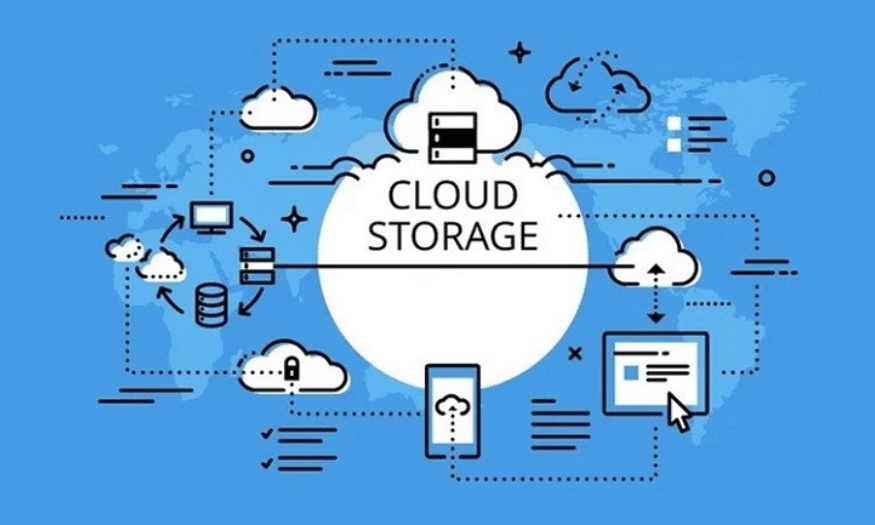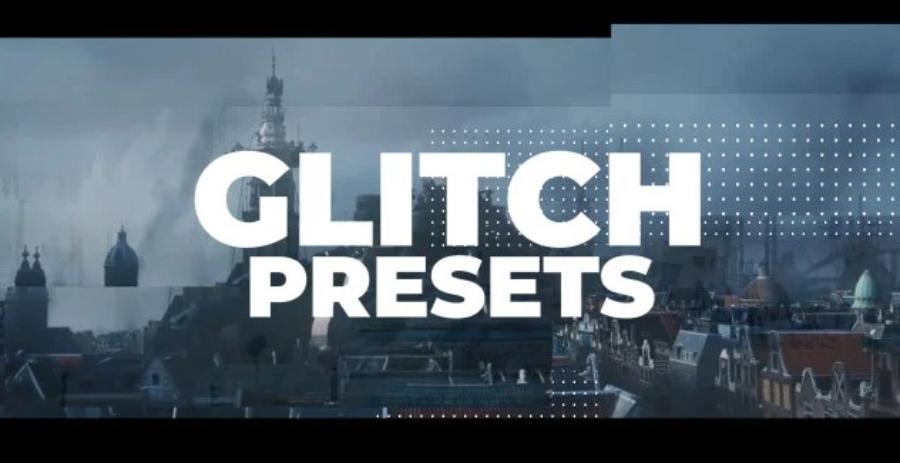Best Selling Products
What is Footage Video? The secret to creating the most impressive footage
Nội dung
- 1. What is Video Footage?
- 2. Types of Video Footage
- 2.1. Footage Gốc (Original Footage)
- 2.2. Free Footage
- 2.3. Copyright Footage (Stock Footage)
- 2.4. Footage Cinematic
- 3. Benefits of Using Video Footage
- 3.1. Save Time and Cost
- 3.2. High Quality Assurance
- 3.3. Diversify Content
- 3.4. Easy to Use
- 4. Secrets to Owning Impressive Video Footage
- 4.1. Choose Footage That Fits Your Project Vision
- 4.2. Footage Quality Check
- 4.3. Copyright Legality Assurance
- 4.4. Find Reliable Footage Sources
- 4.5. Using Footage as Part of the Story
- 4.6. Don't Be Afraid to Adjust and Customize Footage
- 5. The Role of Video Footage
- 6. Types of Video Footage
- 6.1 Raw Footage
- 6.2 Stock Footage
- 6.3 Archival Footage
- 7. Notes When Using Video Footage
- 8. Conclusion
Learn what video footage is and the secrets to getting quality, impressive footage. Explore footage sources, how to select and use them effectively in video production projects.

1. What is Video Footage?
Video footage (also known as video footage) is video footage recorded from a camera or other recording device. It can be original footage produced for a specific project or stock footage provided as a resource for video producers to reuse. This video footage can include landscape, action, social, nature, or artistic footage intended to be added to final products.
(1).jpg)
Video footage is a staple in the film and video production industry. It can be used in commercials, music videos, documentaries, tutorials, or even digital media campaigns.
2. Types of Video Footage
Video footage can be divided into different types, depending on its intended use, quality, and source. Here are some common types of footage:
2.1. Footage Gốc (Original Footage)
These are shots that are captured directly from the cameras for a particular project. The original footage is usually edited to suit the producer's requirements and will be used in the final project.
2.2. Free Footage
There are many sources of free footage on the internet. These sites provide video footage that users can download and use without paying, as long as they comply with the terms of use (such as non-commercial use).
2.3. Copyright Footage (Stock Footage)
Stock footage is footage that is available for sale by video producers, photographers, or companies. It is high-quality, pre-recorded video that can be used for a variety of purposes in video production. Users can purchase the rights to use this footage in their projects.
2.4. Footage Cinematic
Cinematic footage is footage with excellent image quality, designed to provide high-end visual effects. This type of footage is often found in feature films or high-quality video projects.
3. Benefits of Using Video Footage
(1).jpg)
Video footage not only saves time and money, but also offers many other benefits to video producers. Here are some reasons why you should use video footage in your projects:
3.1. Save Time and Cost
Recording original footage can be expensive and time consuming, especially when you need special shots that can't be created yourself. Free footage or stock footage saves money and effort.
3.2. High Quality Assurance
Stock footage companies often guarantee the highest quality of video. This makes it easy to enhance your product without having to worry about video quality.
3.3. Diversify Content
Using video footage will help you expand the range of content you can include in your project. You can use nature footage, social action, animal footage, or special elements that you wouldn’t be able to capture yourself.
3.4. Easy to Use
Using video footage is pretty simple. Just download or purchase the footage, then import it into your project and edit and crop it as needed.
4. Secrets to Owning Impressive Video Footage
Now that you understand video footage and its benefits, the next step is to get quality, impressive footage. Here are some tips to help you get the best video footage for your project.
(1).jpg)
4.1. Choose Footage That Fits Your Project Vision
When choosing footage, you need to consider the vision and style of your project. If you’re making a product video, look for footage that exemplifies modernity, dynamism, and creativity. If you’re making a nature documentary, footage of majestic landscapes or wildlife will be more appropriate.
4.2. Footage Quality Check
Not all footage is created equal. Before using it, check the resolution, image stabilization, and compatibility with your editing tools. High-resolution footage (HD, 4K) will provide sharp images and will be easier to integrate into high-quality videos.
4.3. Copyright Legality Assurance
One of the most important factors when using video footage is copyright issues. If you use footage from free sources, make sure it is clearly licensed and does not violate copyright. With stock footage, check the provider’s terms of use to ensure you are not violating copyright laws.
4.4. Find Reliable Footage Sources
Finding footage from reliable sources is important to ensure video quality and legality. Platforms like Shutterstock, Adobe Stock, Getty Images, and Pond5 offer a huge amount of footage in excellent quality. If you’re looking for free footage, sites like Pexels, Pixabay, or Videvo are also good options.
4.5. Using Footage as Part of the Story
Video footage isn’t just random shots cut into your video. Think of it as an important part of the story you’re telling. Use footage wisely to create a cohesive look and make it easy for viewers to understand your message.
4.6. Don't Be Afraid to Adjust and Customize Footage
One of the great advantages of working with footage is the ability to edit and customize it. Get creative and apply effects, color filters, or adjust the lighting to make it fit better with the overall video. Sometimes, a small change in post-production can turn a regular piece of footage into something truly impressive.
5. The Role of Video Footage
In the field of video production and media, the term "video footage" is used very commonly. However, not everyone clearly understands its meaning and role in the content production process.
1. Source Material: Footage is the original source of data for editors and producers to create the final product. The quality and content of the footage will directly affect the quality of the finished video.
2. Archival Materials: In many cases, footage is archived for later use, especially in historical, journalistic, or research projects.
3. Content Creation: Content creators often use footage to splice together, add effects, or tell their own story.
6. Types of Video Footage
Footage can be classified based on its intended use or origin. Here are some common types:
6.1 Raw Footage
Raw footage, also known as “raw material,” is video that has not undergone any editing or post-processing. It is the original footage that is recorded directly from the camera during filming or production. Raw footage usually contains all the elements such as sound, images, lighting, and even small errors that may have occurred during the filming process.
(1).jpg)
Raw footage formats are typically high quality, preserving the original footage's details and information. Some popular formats include ProRes, BRAW (Blackmagic RAW), or REDCODE RAW. These formats offer flexibility and optimization in post-production software.
6.2 Stock Footage
Stock footage, also known as ready-made footage, is pre-recorded video footage that is available for use in creative projects. These videos are typically produced by professional companies or independent videographers and then made available online for purchase or download. Stock footage can cover a wide range of subjects, from natural landscapes and human life to high-tech footage or special events.
6.3 Archival Footage
Archival Footage is a type of previously recorded visual material, often used in film, documentary or media production projects to illustrate historical events, culture or specific contexts. This type of footage often has high informational and emotional value, adding authenticity and depth to the presented content.
7. Notes When Using Video Footage
- Copyright: Make sure you have the rights to use the footage, especially when working with stock or archival footage.
- Quality: Choose footage with the resolution and quality appropriate for your project.
- Efficient Editing: Use professional editing software to optimize footage and create a final product that meets your requirements.
Cheap Adobe Premiere Pro Account
8. Conclusion
Video footage plays an important role in improving the quality of video products, while helping to save time and costs during the production process. Understanding the types of footage, knowing how to choose and use footage effectively will help you create impressive products that attract viewers.












































